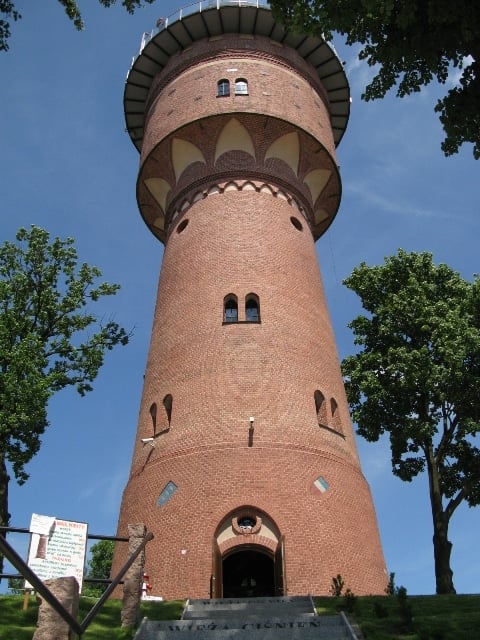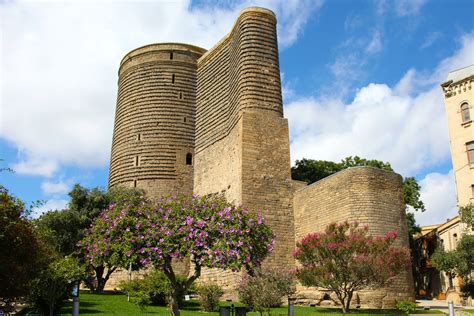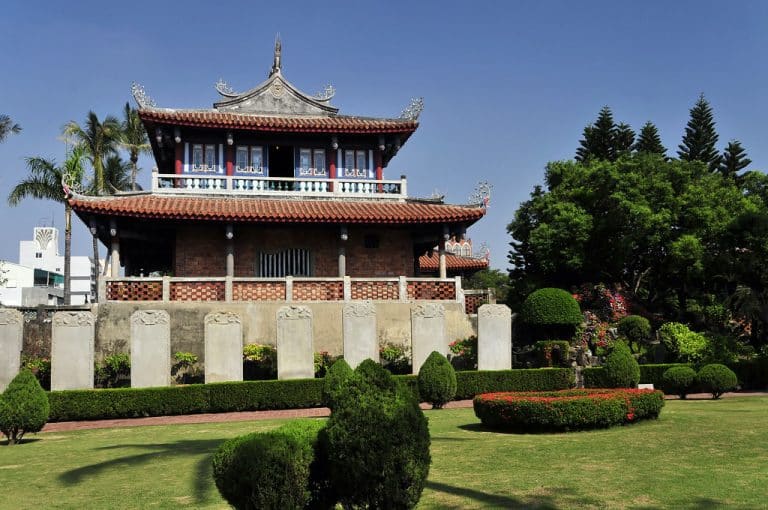Southeast Asia
My time in South Asia was incredibly informative and fascinating. However, it was soon time for me to move on to Southeast Asia.
Site 1: For my first designation in Southeast Asia, I traveled to the Three Kings Monument in the old administrative quarter of the city of Chiang Mai (officially known as Nopaburi Srinakornping Chiang Mai), Thailand. Also known as Anusawari Sam Kasat, it was constructed in the year 1984 in honor of the three kings Ngam Maung, Mengrai, and Ramkhamhaeng, and their bond. King Ngam Maung ruled Phayou until his death in 1296. King Mengrai (also known as Mengrai of La Na), was the ruler of La Na and founder of Chiang Rai and Chiang Mai. King Ramkhamhaeng (also known as King Ram Khamhaeng the Great and Ramkhamhaeng of Sukhothai) ruled Sukhothai. He also was the one who paved the way for Buddhism to become one of the major religions in Thailand. Although King Mengrai is thought to have been the founder of Chiang Main, he consulted King Ngam Maung and King Ramkhamhaeng about the establishment of the city, and Chiang Mai was made the capital of the La Na kingdom in 1296, the year of King Ngam Maung’s death. The kings had sought an alliance to guard and protect their lands and swore a permanent friendship. The site is located in the center of the city where the king’s palaces stood. When I saw the monument, I admired its polished bronze appearance. The kings were in a friendly pose. The two kings flanking the sides had one of their arms on their hips and had the other outstretched towards each other. The statue in the center had both his arms outstretched. King Ngam Maung was positioned on the left, King Mengrai was in the center, and King Ramkhamhaeng was positioned on the right. The statues were on top of a marble pedestal, with three plaques for each of the three kings’ names, as well as a big plaque detailing their accomplishments. For many people, this monument symbolizes the connection of individual regions into the kingdom of Siam, as well as the importance of working together. Today, the monument is now in front of what is now the Chiang Mai Arts & Cultural Center (which used to be Chiang Mai’s old administration building), in the middle of Chain Mai’s Old Town. The monument is the location where the birthday of the king of Thailand is celebrated every year, as well as a sight for various other festivals. Locals also light candles, offer incense, or lay out flowers to request a blessing from the kings. The statue is an iconic part of the city. In fact, various reproductions of it have been built throughout the city of Chiang Mai, although each are intentionally slightly different from the Three Kings Monument.
The Three Kings Monument:
Site 2: Next, I visited the Civilian War Memorial in the country of Singapore. It was built to commemorate the county’s civilians who died during the Japanese Occupation from February 21, 1942, to September 12, 1945. The event that sparked the calls to build this monument occurred in the 1950s and the 1960s. Excavations were being conducted as a part of the foundation works for residential and industrial projects when mass graves were uncovered on February 24, 1962. They contained the remains of those who suffered under Japan’s massacre of civilians with the intent of purging of the sentiment that was against the country (particularly among the Chinese in Singapore) on February 21, 1942. This was known as Operation Sook Ching. The Singapore Chamber of Commerce (now the Chamber of Commerce and Industry) had the remains excavated and resettled. The government then set aside land on Beach Road to memorialize the victims. The Singapore Chamber of Commerce and Industry tried to raise funds to build the monument by establishing a Memorial Building Fund Committee on March 19, 1963. The monument would end up costing about $450,000. A competition was held to decide who would be the architect for the monument. Leong Swee Lim, who worked for a renowned firm known as Swan & Maclaren, ended up winning the competition. The Civilian War Memorial was finally completed in January of 1967. It was unveiled that same year to the public by Singapore’s Prime Minister at the time, Lee Kuan Yew, on February 15 on the twenty-fifth anniversary of when the British relinquished Singapore to the Japanese. When I first saw the monument, I could see its most distinguishing characteristic was its four columns that gradually came close to meeting each other at their tip of sixty-seven meters (or 219.82 feet). Each of the columns represents one of the four prominent ethnic groups that died while Japan occupied Singapore. They were the Chinese, Malays, Indians, and Eurasians. The monument was painted a striking white. The part of the monument that impacted me the most was the bronze urn in the center that symbolizes the civilians’ remains. It was on top of a pedestal, with a carved inscription that read, “In deep and lasting sorrow this memorial is dedicated in memory to those of our civilians who were killed between February 15, 1942, and August 18, 1945, when the Japanese armed forces occupied Singapore.” One empty urn is also placed within each of the four columns on top of a pedestal with inscriptions commemorating the civilians. There is a burial chamber underneath the monument. There a vault holds the victims’ remains in 606 urns. At the center of the monument are inscribed the words “Memorial to the Civilian Victims of the Japanese Occupation, 1942–1945.” The inscription is repeated in four languages. I saw that a beautiful park also surrounded the sight, which was put in place three years after the monument was a built. The memorial was officially declared a national monument in the year 2013. Today the monument is where a memorial service is held on what has been set aside as Defense Day. The monument was built to commemorate a painful part of Singapore’s past, but it was also built with the goal of instilling hope for the country’s future after the Second World War and the Japanese Occupation. The locals now affectionally refer to the Civilian War Memorial as the “Four Chopsticks.”
The bronze urn at the center of the Civilian War Memorial:
The Civilian War Memorial:






